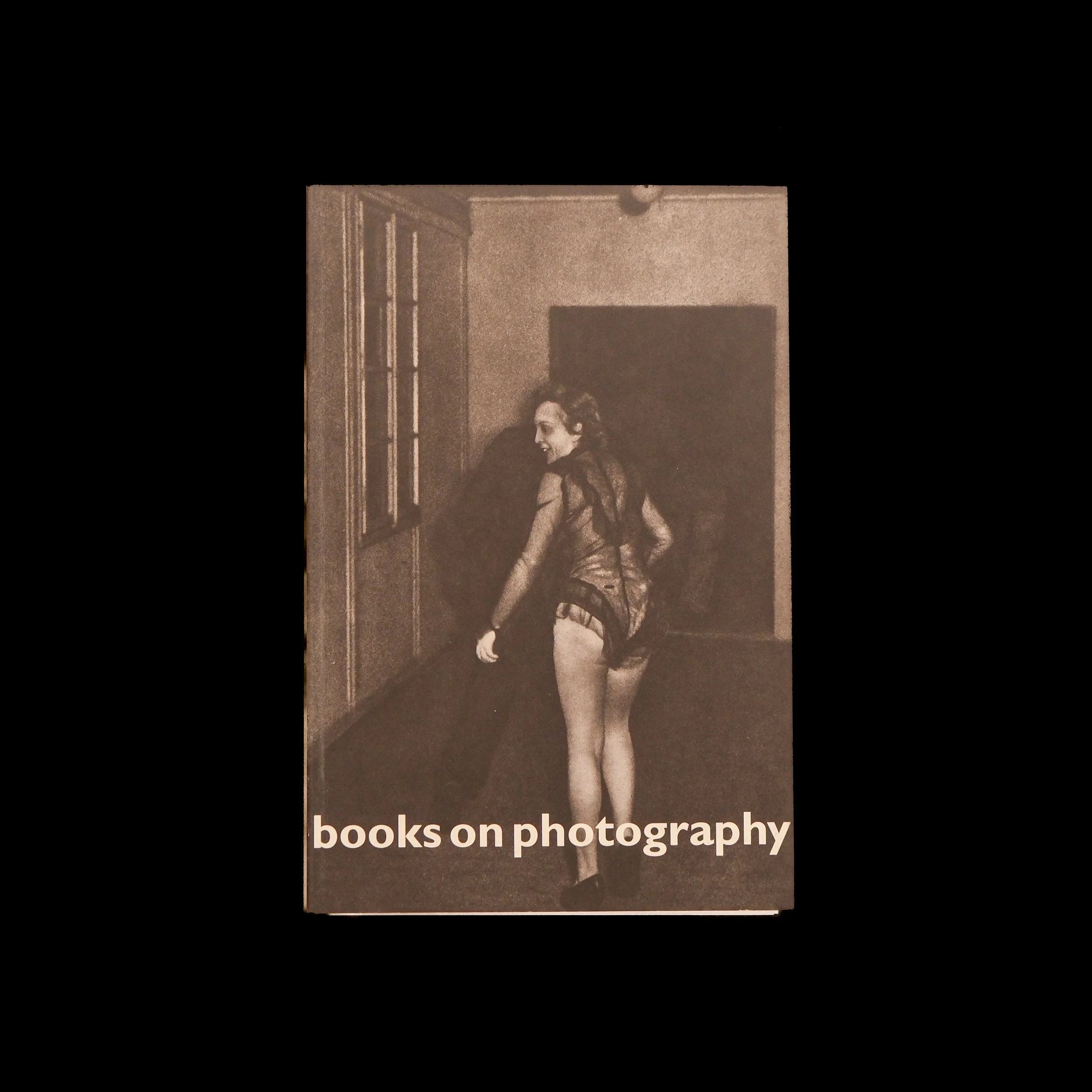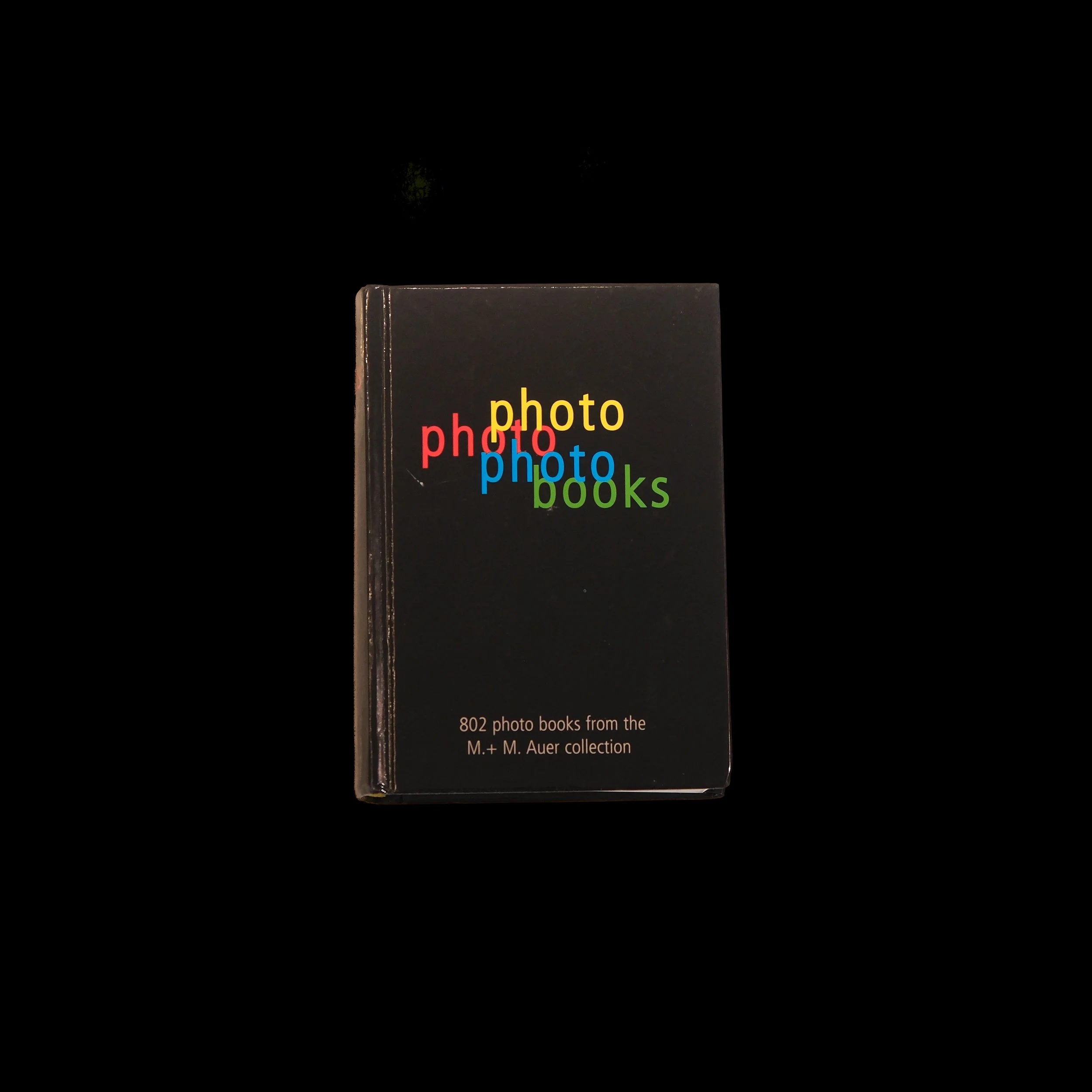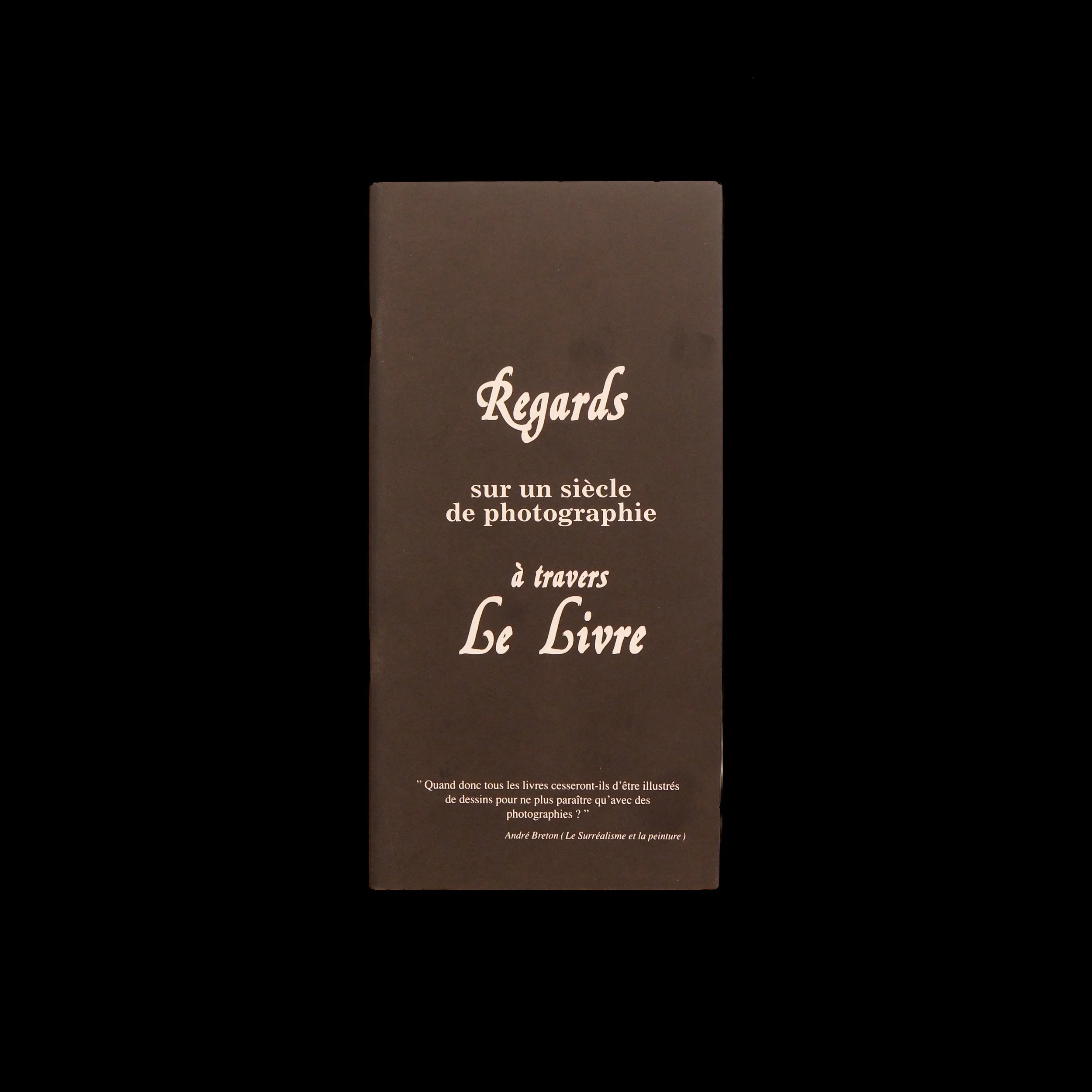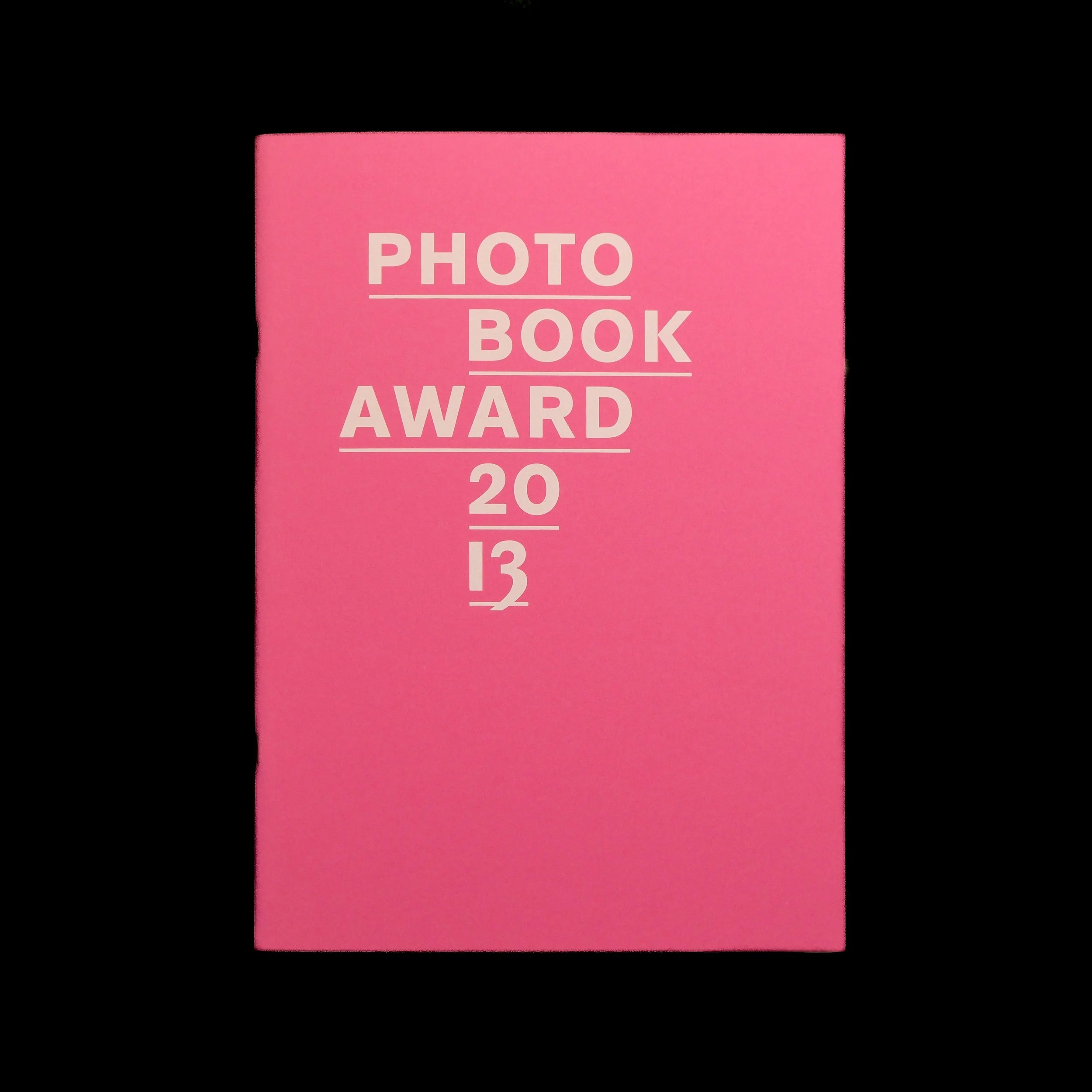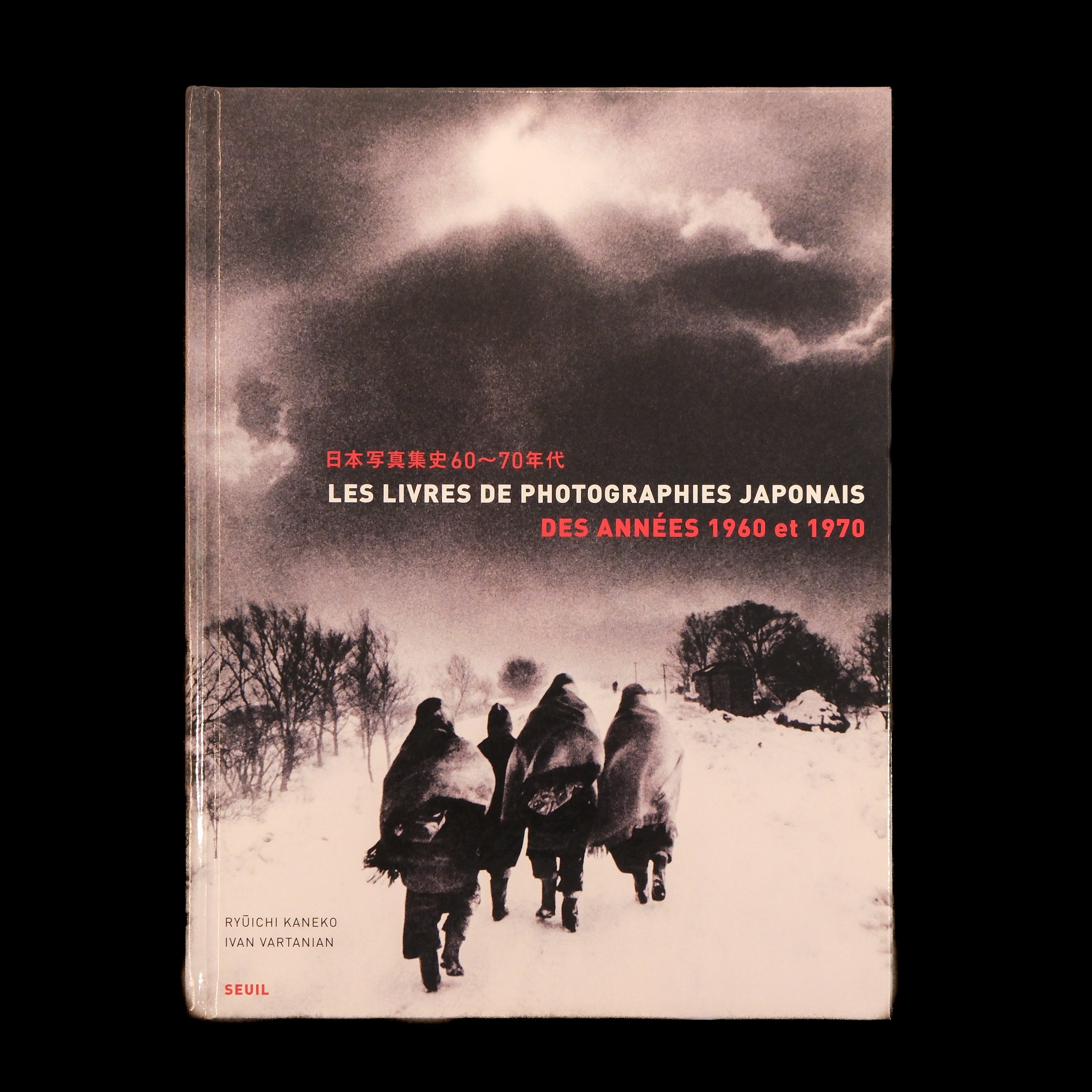 Image 1 of 1
Image 1 of 1


JAPANESE PHOTOGRAPHY BOOKS 1960-1970 - Ryuichi Kaneko, Ivan Vartanian
Both in Japan and abroad, this period saw the emergence of books that marked the history of photography," explains Ryûichi Kaneko. It was a veritable golden age for the art. In the United States, with the progress of offset printing, books by Diane Arbus or Walker Evans were published using quality processes that had never been used before. The publication of works by great photographers, such as Alfred Stieglitz, Edward Weston and Henri Cartier-Bresson by the Museum of Modern Art in New York, set new standards in print quality." In Japan, photographers also began to take a close interest in the production of their books, which became the fruit of important collaborations with graphic designers and publishers. Eikö Hosoe (Man and Woman, 1961), Shômei Tômatsu (Japan, 1967), Ikkô Narahara (Europe: Where Time Has Stopped, 1967), Daidô Moriyama (Japanese Theater, 1968), Nobuyoshi Araki (Romantic Journey, 1971; Okinawa: Nobuyoshi Araki - Book of Photographs 2 (Romantic Journey continued), 1971; Tôkyô: Nobuyoshi Araki - Book of Photographs 3, 1973) were the leading artists of these two decades. Japanese Photobooks of the 1960s and 1970s presents the most innovative works by some forty photographers, all from Ryûichi Kaneko's collection, who had a fundamental influence on the history of Japanese photography. "The aim of these publications was to show the world in a different way, to enable readers to break away from certain prejudices and stereotypes, to think differently." Let's bet that this beautiful work, which takes care to present books that are not only exceptional but also difficult to access, will once again achieve this objective.
Published by Seuil, 2009
224 pages
24 × 31 cm
ISBN: 9782020989596
Both in Japan and abroad, this period saw the emergence of books that marked the history of photography," explains Ryûichi Kaneko. It was a veritable golden age for the art. In the United States, with the progress of offset printing, books by Diane Arbus or Walker Evans were published using quality processes that had never been used before. The publication of works by great photographers, such as Alfred Stieglitz, Edward Weston and Henri Cartier-Bresson by the Museum of Modern Art in New York, set new standards in print quality." In Japan, photographers also began to take a close interest in the production of their books, which became the fruit of important collaborations with graphic designers and publishers. Eikö Hosoe (Man and Woman, 1961), Shômei Tômatsu (Japan, 1967), Ikkô Narahara (Europe: Where Time Has Stopped, 1967), Daidô Moriyama (Japanese Theater, 1968), Nobuyoshi Araki (Romantic Journey, 1971; Okinawa: Nobuyoshi Araki - Book of Photographs 2 (Romantic Journey continued), 1971; Tôkyô: Nobuyoshi Araki - Book of Photographs 3, 1973) were the leading artists of these two decades. Japanese Photobooks of the 1960s and 1970s presents the most innovative works by some forty photographers, all from Ryûichi Kaneko's collection, who had a fundamental influence on the history of Japanese photography. "The aim of these publications was to show the world in a different way, to enable readers to break away from certain prejudices and stereotypes, to think differently." Let's bet that this beautiful work, which takes care to present books that are not only exceptional but also difficult to access, will once again achieve this objective.
Published by Seuil, 2009
224 pages
24 × 31 cm
ISBN: 9782020989596


